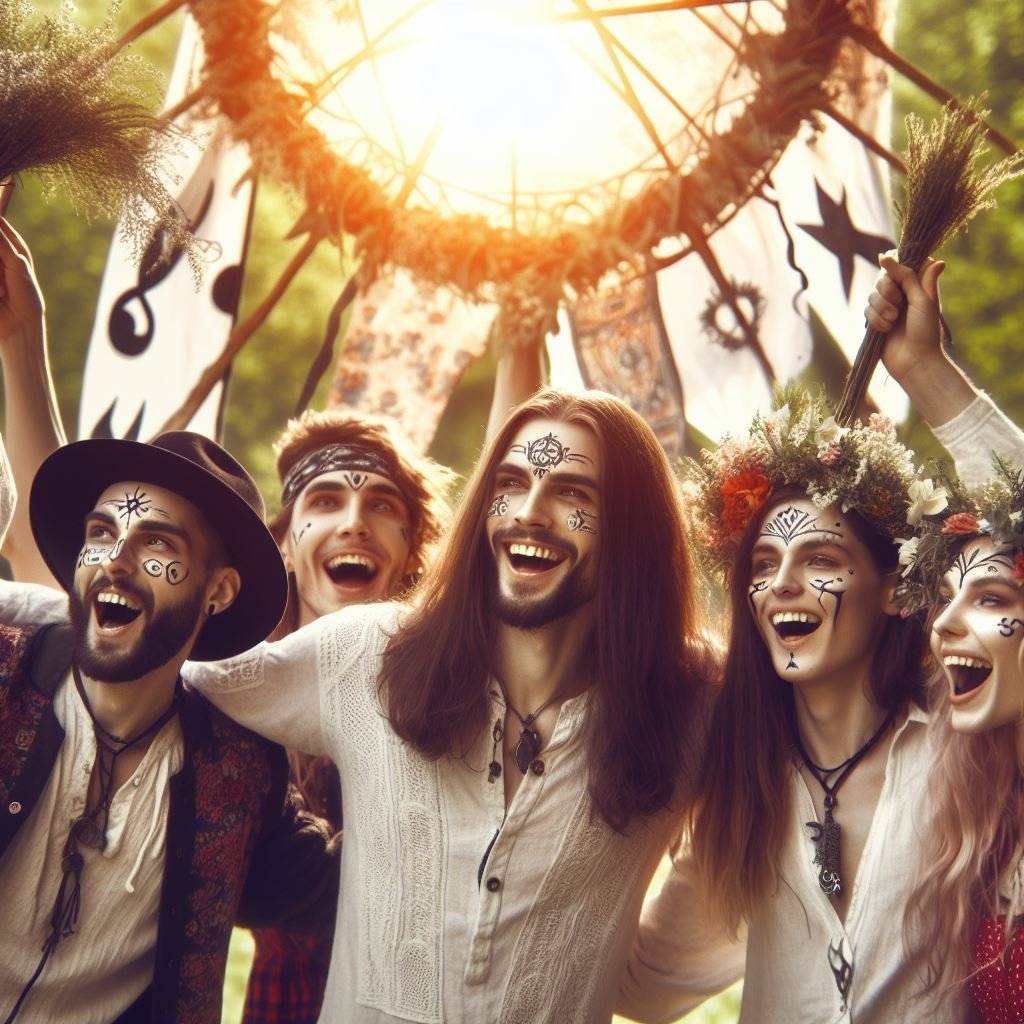
wiccan pagan holidays
The Wheel of the Year
The Wheel of the Year is a cyclical calendar of Wiccan Pagan Festivals that plays a significant role in the spiritual practices of modern pagans,, especially those in the United Kingdom and Ireland. This calendar is not just a simple measurement of time; it represents a profound connection to the rhythms of nature and the changing seasons.
Comprised of eight distinct festivals, the Wheel of the Year divides the year into segments that are roughly six to seven weeks apart. These festivals, often referred to as sabbats, encapsulate both ancient traditions and contemporary interpretations of seasonal transitions.
Wiccan Pagan festivals are a celebration of the Earth’s natural cycles, marking significant points in the solar and agricultural year. The observance of these festivals allows practitioners to attune themselves to the ebb and flow of nature, fostering a deeper sense of connection to the environment. In this context, we will delve into the history, significance, and customs of each festival, exploring how they continue to inspire and shape modern pagan practices.
Here’s a deeper look into the Wiccan Pagan festivals on the Wheel of the Year:

Brigid of Imbolc
Yule (Winter Solstice)
Celebrated around December 21st, marking the shortest day of the year.
Symbolizes the birth of the “Sun Child,” bringing light and hope amid the darkness of winter.
Newgrange in Ireland serves as a significant site, where the solstice sunrise illuminates the inner chamber, symbolizing the Sun Child’s birth.
Traditions include exchanging gifts, reflecting parallels with Christmas.
Imbolc (February 1st)
Honors the arrival of spring and the awakening of the earth.
Etymology possibly derived from Old Irish for “in the belly,” alluding to pregnant ewes.
Associated with personal growth and renewed energy, often marked by spring cleaning and handicrafts.
Dedicated to Brigid, the goddess of healing, smithing, and poetry.
Ostara (Spring Equinox)
Celebrated around March 21st, signifying equal parts day and night.
Emphasizes the flourishing of spring, with symbols like flowers and eggs representing new life.
Often involves rituals portraying the romantic union of the God and Goddess, reflecting nature’s fertility.
Brigid of Imbo

Celebrating Samhain
Beltane (May Eve/May Day)
Beltane occurs around May 1st, heralding the beginning of summer.
Traditionally marked by decorating homes and animals with May flowers.
Symbolizes the God’s transition from animalistic desire to mature commitment, celebrated with the maypole dance.
Hilltop bonfires were historically used to protect livestock and honor the thinning veil between worlds.
Midsummer (Summer Solstice/Litha)
Takes place around June 21st, the longest day of the year.
Represents the zenith of the Sun God’s power and the peak of summer.
Stonehenge serves as a focal point for celebrations, aligning with the solstice sunrise.
Druids and other groups gather to observe the “light of the shore” and honor the sun’s strength.
Lughnasadh (August 1st)
Also known as Lammas, marking the first harvest festival of the year.
Derives from “loaf-mass,” emphasizing bread-making and corn dollies.
Signifies the God’s self-sacrifice to ensure the land’s fertility, transitioning from light to darkness.
Mabon (Autumn Equinox)
Falls between September 21st and 24th, marking the second harvest festival.
Offers gratitude for the year’s bounty and prepares for the coming winter.
Reflects on the cycle of life and death, with the God’s mystical journey to the underworld.
Aligns with traditional harvest festivals, symbolizing abundance and preservation.
Samhain (October 31st/November 1st)
Sometimes referred to as “Hallowe’en,” though many pagans prefer the term Samhain.
Honors the end of summer, the return of cattle from pastures, and the thinning veil between worlds.
Often associated with All Hallows’ Eve/Day, incorporating ancient traditions like divination and ritualistic dressing.
Engages with themes of chaos and the unknown, acknowledging the transition from life to death.
Through these festivals, modern pagans honor nature’s cycles, celebrate the changing seasons, and connect with ancestral traditions that span millennia. Each festival offers unique rituals, symbols, and practices that deepen the spiritual connection to the natural world.





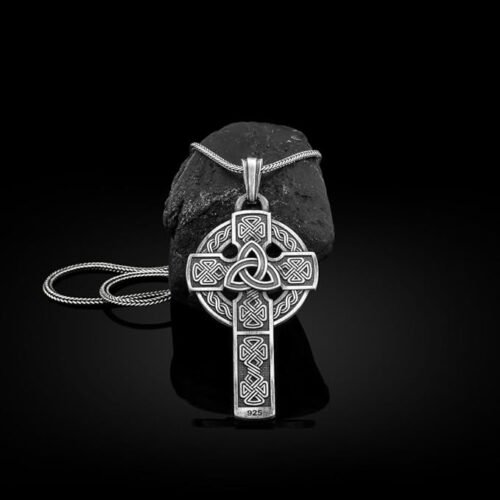
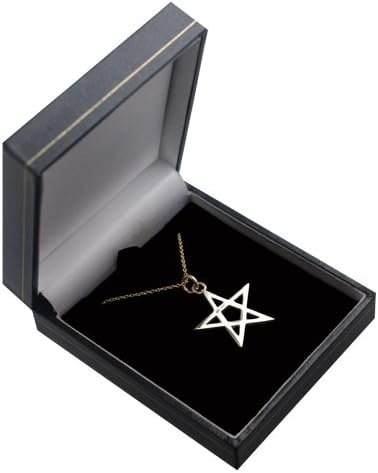
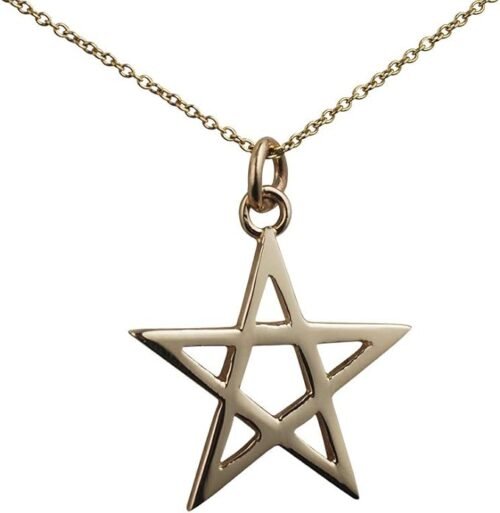

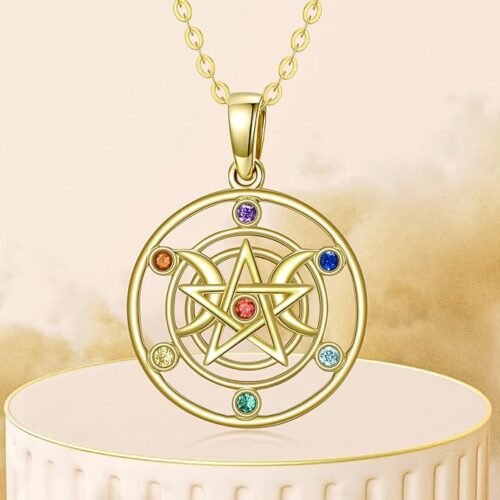

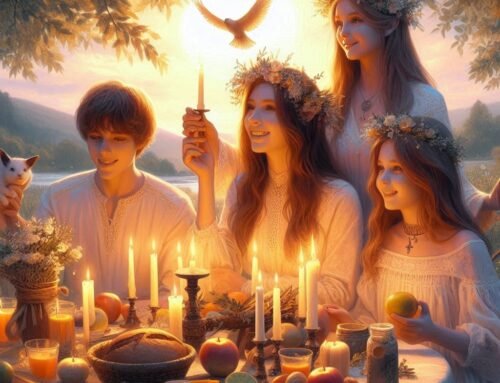

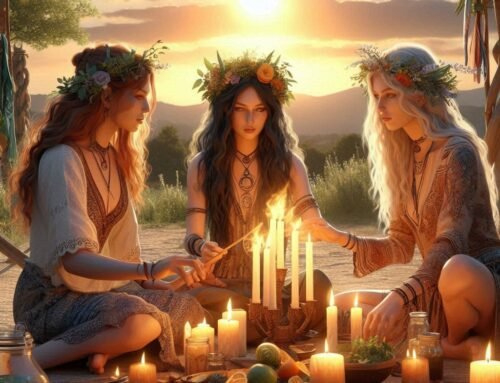

[…] Previous […]
[…] a time-honoured pagan festival, emerges as a vibrant celebration of fire, fertility, and rebirth. Historically observed on May […]
[…] we look at the symbols of Beltane. Beltane, recognized as May Day, stands as one of the eight sabbats esteemed by practitioners of Paganism, Wicca, and Witchcraft. Observed on May 1st in the Northern […]